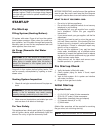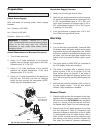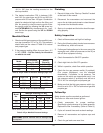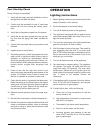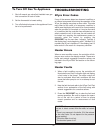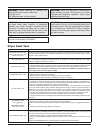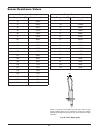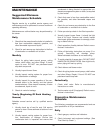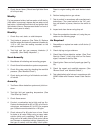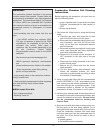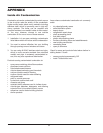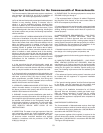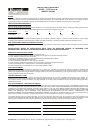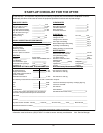
50
3
. Check burner flame. (Should see light blue flame
at full input rate).
Weekly
F
or low-pressure boilers, test low-water cut-off device.
(With boiler in pre-purge, depress the low water cut-off
test button. Appliance should shut-off and ignition fault
light should come on. Depress reset button on front of
heater control panel to reset).
Monthly
1. Check flue, vent, stack, or outlet dampers.
2. Test intake air pressure. (See Table Q.) Replace
the filter when the intake air pressure increases by
–0.5 in. WC from the reading recorded on the
start-up checklist.
3. Test high and low gas pressure interlocks (if
equipped). (See “Safety Inspection”.)
Semi-Annually
1. Recalibrate all indicating and recording gauges.
2. Check flame failure detection system components.
3. Check firing rate control by checking the manifold
pressure. (See “Manifold Check”.)
4. Check piping and wiring of all interlocks and shut-
off valves.
Annually
1. Test flame failure detection system and pilot turn-
down.
2. Test high limit and operating temperature. (See
“Post Start-Up Check”.)
3. Check flame sensor.
4. Conduct a combustion test at high and low fire.
Carbon dioxide should be 8.5 to 9.0% at full fire for
natural gas, and between 9.0 to 9.5% for propane
gas. Carbon monoxide should be <150 ppm.
5. Check valve coil for 60 cycle hum or buzz. Check
for leaks at all valve fittings using a soapy water
solution (while unit is operating). Test other oper-
ating parts of all safety shut-off and control valves
and increase or decrease settings (depending on
the type of control) until the safety circuit opens.
R
eset to original setting after each device is test-
ed.
6. Perform leakage test on gas valves.
7. Test air switch in accordance with manufacturer’s
i
nstructions. (Turn panel switch to the “On” posi-
tion until blower is proven, then turn the switch to
“Off.”
8. Inspect and clean burner using shop air.
9. Clean the combustion chamber coil, using the pro-
cedure on the following page.
As Required
1. Recondition or replace low water cut-off device (if
equipped).
2. Check drip leg and gas strainers.
3. Check flame failure detection system. (See “Post
Start-Up Check”.) Verify high and low fire flame
signal, compare to start-up data,
4. Check igniter. Clean and verify spark gap (see Fig.
36).
5. Check fan speed and manifold pressure. (See
“Blower Check” and “Manifold Check”.)
6. Test safety/safety relief valves in accordance with
ASME Heater and Pressure Vessel Code Section
IV.



